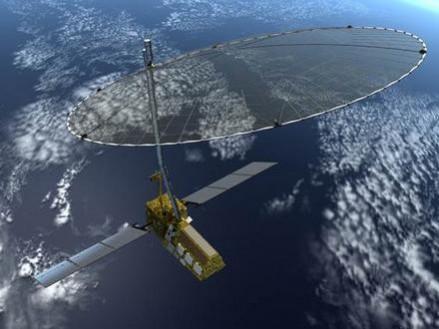
NASA, the US space agency and Indian Space Research Organisation (ISRO) have finally joined hands to make the biggest satellite ever for earth imaging. The satellite named NISAR – NASA-ISRO Synthetic Aperture Radar will be launched sometime in year 2021.
NASA pays tribute to APJ Abdul Kalam by naming new species after him
The satellite which will cost both the countries a sum of over 1.5 billion dollars might be the world's most expensive earth imaging satellite. Scientists from both the space agencies have already started working on the project.
"NISAR is the first big collaboration between NASA and ISRO, certainly on RADAR, but in general as well. This is two frequency RADAR, it is an L-band 24 centimetre RADAR and S-band 13 centimetre. S-band is being built by ISRO and L-band by NASA," explained Paul A Rosen, a scientist working on the project.
"It is a major collaboration both in terms of the technical building of the satellite as well as working together across the Pacific between India and US," added Rosen.
What will NISAR do
The two radars (S-band and L-band) on the satellite will take snap shots of the Earth every week to provide a time lapse image of the motion of the tectonic plates, ice sheets, changes in vegetation over land in agriculture and forests.
This time lapse will help the scientists analyse earth in terms of how disasters evolve, earthquakes occur, volcanoes erupt. The time lapse will also help the scientists study how the melting of ice sheets affect the rising of the sea level and how forest fires and changes in the forest cover impact the atmosphere.
"It is very relevant to what society cares about, which is changes in our climate, changes in our environment and how it affects society," said Rosen.
Interestingly, 25 years ago, President George Bush had prevented Russia from sharing cryogenic engine technology with the Indian space agency to keep India from making missiles. But now the same cryogenic engine will be used in the GSLV rocket to launch the NISAR into the orbit.
NASA had appreciated ISRO's first indigenous radar imaging satellite, (Risat-1), which enables imaging of the earth's surface during day and night under all weather conditions.

















